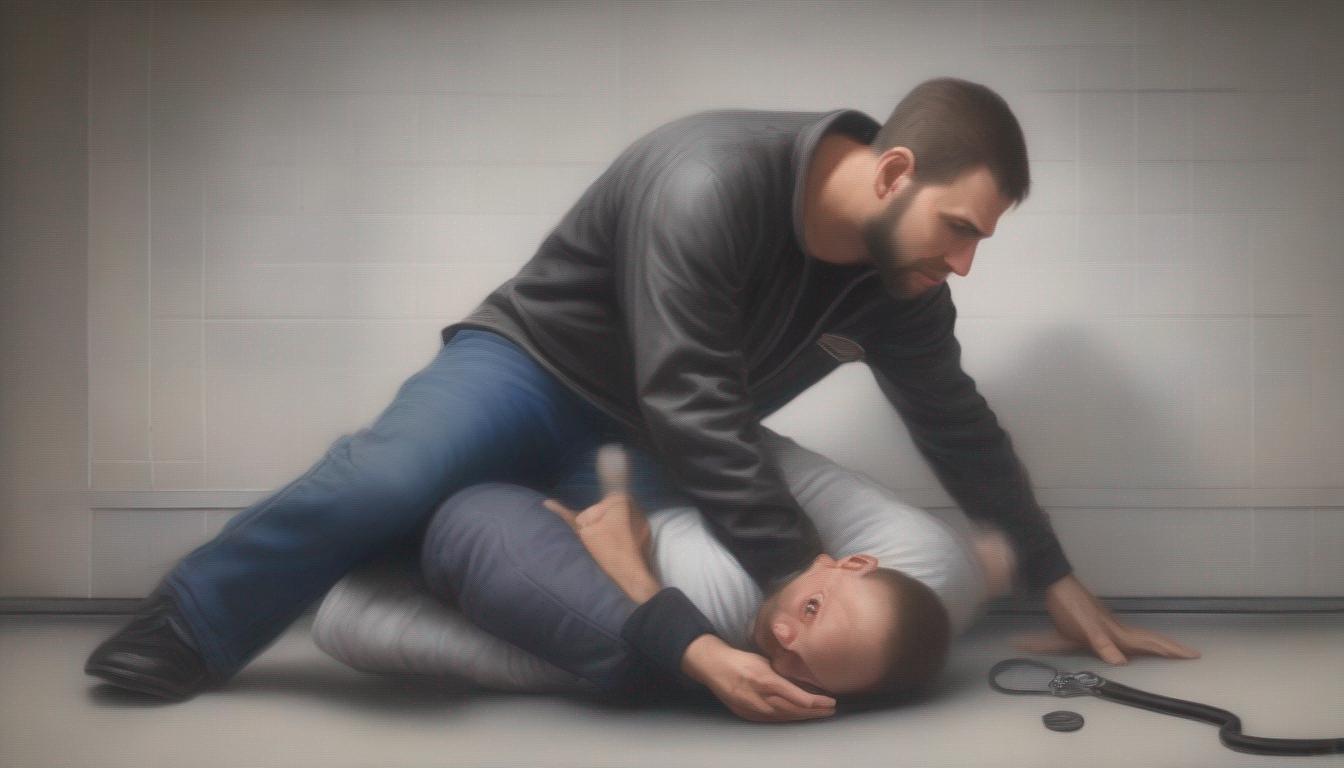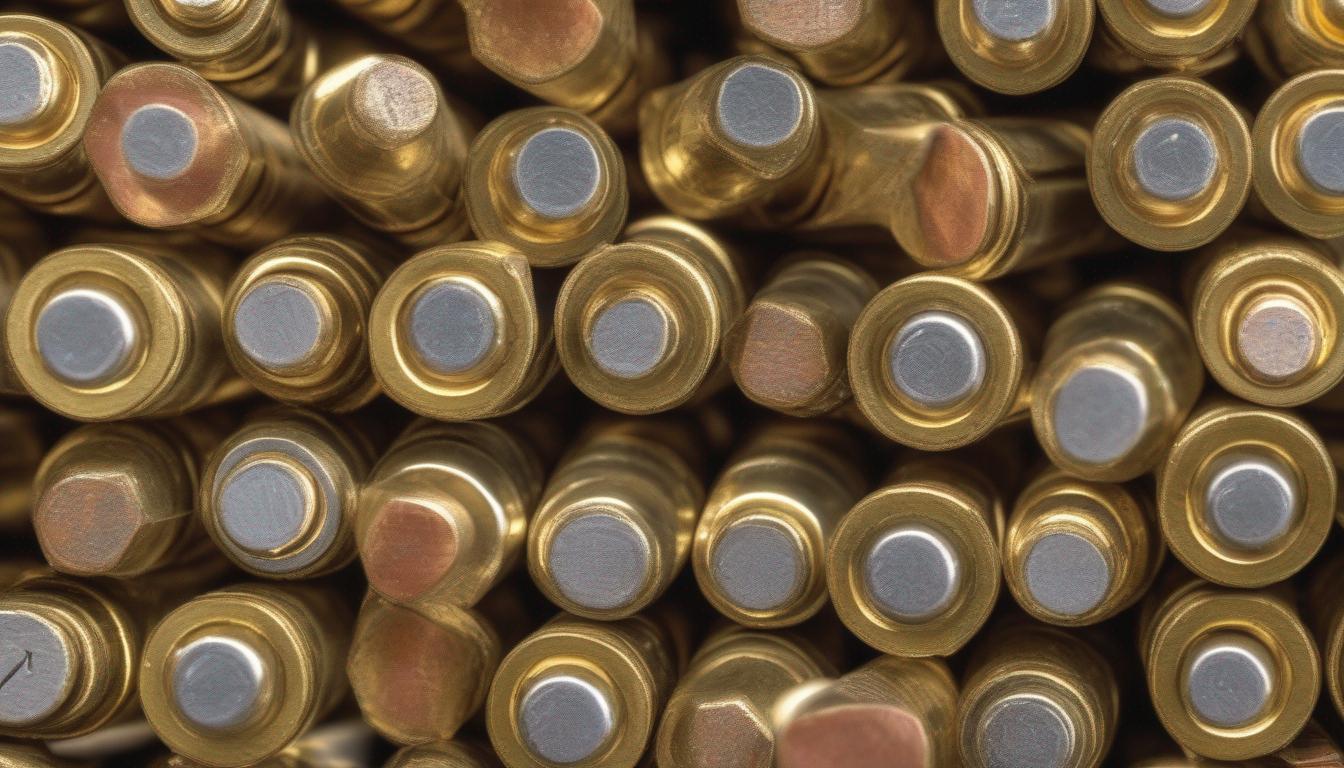The Best Ways to Conceal and Use a Hidden Knife for Self-Defense
Knife for self-defense has become an essential tool for many individuals seeking to protect themselves in various situations. When it comes to self-defense, having a hidden knife can provide a sense of security and preparedness. In this article, we will explore the best ways to conceal and use a hidden knife effectively for self-defense.
Concealing a Hidden Knife for Self-Defense: Tips and Techniques
Concealment is key when it comes to carrying a hidden knife for self-defense. There are several ways to conceal a knife, depending on personal preference and comfort. One popular method is using a neck knife, which can be discreetly tucked under clothing for easy access. Another option is an ankle holster, which allows for quick retrieval in emergency situations. Additionally, some hidden knives are designed to look like everyday objects, such as pens or combs, providing an element of surprise to potential attackers.
Choosing the Right Hidden Knife for Self-Defense
When selecting a hidden knife for self-defense, there are a few factors to consider. The size of the knife is crucial – it should be small enough to conceal easily but large enough to be effective in a self-defense situation. The blade material is also important, with options ranging from stainless steel to ceramic. It’s essential to choose a knife that is comfortable to carry and use, as well as one that fits your individual needs and skill level.
Best Practices for Using a Hidden Knife in Self-Defense
Using a hidden knife for self-defense requires training and practice to ensure effectiveness and safety. It’s crucial to familiarize yourself with the knife and practice deploying it quickly and efficiently. When using a hidden knife in a self-defense situation, aim for vulnerable areas such as the neck, abdomen, or thighs to incapacitate your attacker and create an opportunity to escape. Remember that the primary goal of self-defense is to protect yourself and get to safety.
Legal Considerations When Carrying a Hidden Knife for Self-Defense
Before carrying a hidden knife for self-defense, it’s essential to understand the legal implications in your area. Laws regarding concealed weapons vary by state and country, so be sure to research and abide by local regulations. Some areas may require a permit to carry a concealed knife, while others may prohibit certain types of blades. Familiarize yourself with the laws to avoid any legal repercussions when carrying a hidden knife for self-defense.
A hidden knife can be a valuable tool for self-defense when carried and used responsibly. By concealing the knife effectively, choosing the right blade, practicing proper techniques, and understanding the legal considerations, you can enhance your personal safety and security. Remember that self-defense is about protecting yourself and others from harm, and having a hidden knife as part of your self-defense strategy can provide an added layer of protection in uncertain situations.
Legal Implications of Carrying a Hidden Knife for Self-Defense
Carrying a hidden knife for self-defense is a topic that raises various legal considerations. While individuals may choose to carry a concealed knife as a means to protect themselves in dangerous situations, it is crucial to understand the legal implications associated with such actions.
Understanding Self-Defense Laws
In many jurisdictions, individuals have the right to defend themselves when faced with an imminent threat of harm. This is known as self-defense. However, the use of force, including the use of a concealed knife, must be proportionate to the threat faced. It is essential to familiarize oneself with the self-defense laws in your specific area to ensure that carrying a hidden knife aligns with legal requirements.
Concealed Carry Laws
Carrying a concealed weapon, such as a hidden knife, is regulated by state laws in the United States. It is important to note that what may be legal in one state could be illegal in another. Some states have strict requirements for obtaining a permit to carry a concealed weapon, while others have outright bans on concealed carry. Understanding the concealed carry laws in your state can help you determine the legality of carrying a hidden knife for self-defense.
Prohibited Locations
Even in states where concealed carry is legal, certain locations may be designated as prohibited areas for carrying weapons. These areas often include schools, government buildings, airports, and other sensitive locations. It is crucial to be aware of these restrictions to avoid violating the law unintentionally.
Use of Deadly Force
The use of a hidden knife for self-defense may escalate a situation to the use of deadly force. In such cases, individuals must be prepared to justify their actions in accordance with the law. It is important to remember that the use of deadly force is a serious matter and can have severe legal consequences. Understanding when the use of deadly force is justified is essential for anyone carrying a concealed weapon for self-defense purposes.
Potential Legal Ramifications
If a situation arises where a concealed knife is used for self-defense, individuals may face legal consequences. It is possible to be charged with offenses such as assault, battery, or even manslaughter depending on the circumstances surrounding the incident. Being aware of the potential legal ramifications of carrying a hidden knife for self-defense is crucial in making an informed decision about self-protection.
While carrying a hidden knife for self-defense may seem like a practical safety measure, it is essential to be aware of the legal implications involved. Understanding self-defense laws, concealed carry regulations, prohibited locations, the use of deadly force, and potential legal ramifications can help individuals make informed decisions regarding their safety. It is advisable to seek legal advice and training on self-defense laws before choosing to carry a concealed weapon for self-protection.
Key Takeaway:
Key Takeaway:
Understanding the best ways to conceal and use a hidden knife for self-defense is crucial for personal safety. By exploring the legal implications of carrying such a tool, individuals can make informed decisions regarding their self-protection strategies. It is essential to prioritize safety, legality, and awareness when considering hidden knives for self-defense, ensuring that one is prepared for any potential threat while staying within the boundaries of the law.
Conclusion
In today’s world, where personal safety is a growing concern, having the knowledge and skills to defend oneself is paramount. The best ways to conceal and use a hidden knife for self-defense can provide you with an added layer of protection in dangerous situations. By understanding how to effectively conceal a hidden knife and deploy it when necessary, you can significantly increase your chances of escaping harm.
When it comes to concealing a hidden knife, choosing the right type of knife and carrying method is crucial. Opt for a compact and lightweight knife that can be easily concealed on your person, such as a neck knife or a boot knife. Ensure that the knife is securely fastened in its sheath to avoid accidental exposure. Additionally, practice drawing the knife from its concealed location to build muscle memory and improve your response time during high-stress situations.
In terms of using a hidden knife for self-defense, remember that the primary goal is to incapacitate your attacker and create an opportunity to escape. Aim for vulnerable areas such as the throat, abdomen, or groin to maximize the effectiveness of your strikes. Utilize quick and decisive movements to inflict damage and disorient your assailant. Always prioritize your safety and seek help from authorities as soon as you can.
However, it is essential to be aware of the legal implications of carrying a hidden knife for self-defense. Laws regarding the possession and use of knives vary from state to state and country to country. Before incorporating a hidden knife into your self-defense strategy, familiarize yourself with the relevant laws and regulations in your area. Some jurisdictions may have restrictions on blade length, concealed carry, or specific locations where knives are prohibited.
While a hidden knife can be a valuable tool for self-defense, it is essential to approach its use with caution and responsibility. By understanding the best ways to conceal and use a hidden knife, as well as being aware of the legal considerations surrounding its possession, you can enhance your personal safety and security. Stay informed, stay prepared, and prioritize your well-being above all else. Remember, self-defense is about protecting yourself and others from harm while remaining within the boundaries of the law. By equipping yourself with the necessary skills and knowledge, you can confidently navigate challenging situations and safeguard your well-being.


